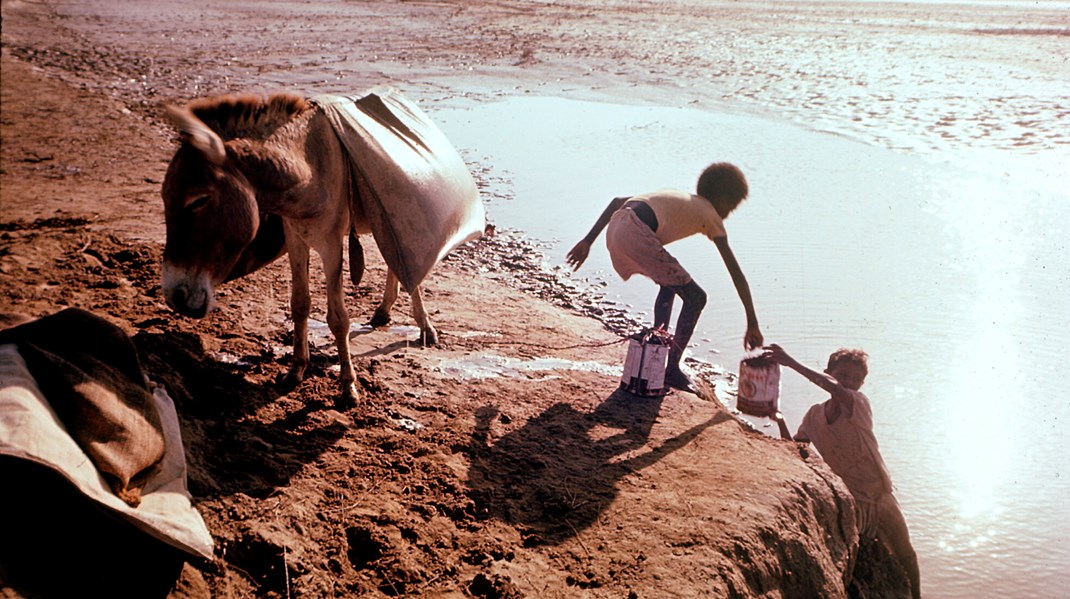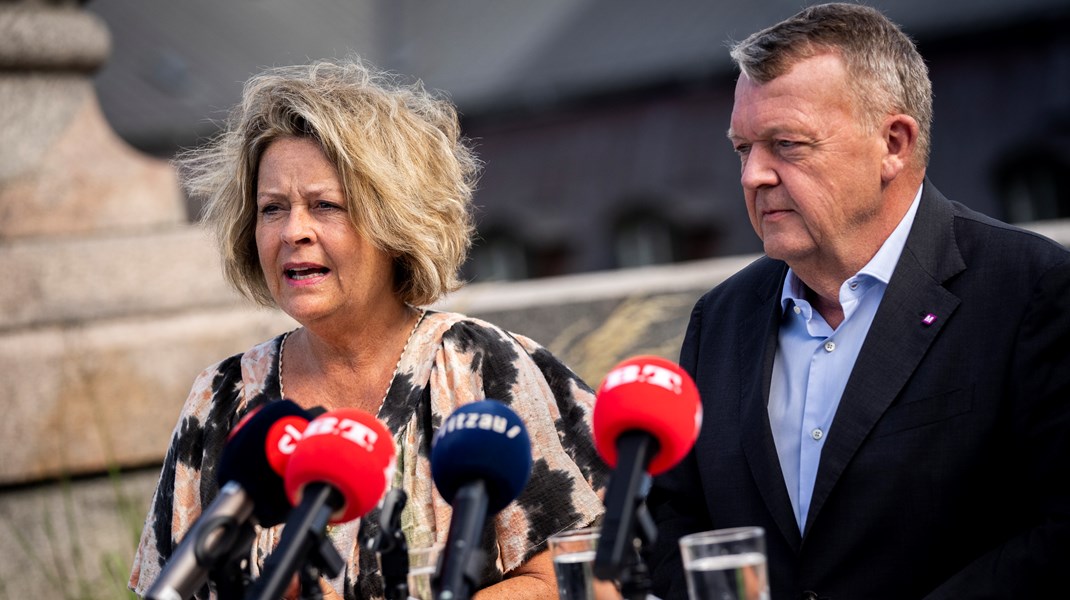One in five people in Central African Republic is currently displaced or a refugee
Highlights
In 2018, UNICEF and partners treated 32,232 children suffering from severe acute malnutrition (SAM), the highest number of admissions reported, and a 15 per cent increase over 2017; the national nutrition survey (SMART) preliminary results released in December show that 10 of the country’s 16 prefectures have a SAM rate exceeding the 2% emergency threshold.
The RRM reached 237,131 people with NFIs and 162,573 with WASH in 2018, almost twice as many as in 2017; these results reflect the deteriorating humanitarian situation in CAR, as well as robust donor support (over 100% funding against the original appeal).
With UNICEF support in 2018, 88,327 crisis-affected children accessed quality education in 296 temporary learning spaces (TLS) countrywide.
913 children including 242 girls were released from armed groups over the same period.
Situation Overview & Humanitarian Needs
Despite peacebuilding efforts, the Central African Republic (CAR) is bogged down in a cycle of violence, which in 2018 has continued spreading, including to areas considered relatively stable, increasing humanitarian needs. One in five people is currently displaced or a refugee, while 2.9 million people (63 per cent of the population), will need humanitarian assistance and protection in 2019, according to OCHA. This is a 16 per cent increase over 2018, and CAR is therefore the third largest humanitarian crisis in the world, after Yemen and Syria, in terms of the proportion of the total population in need of humanitarian assistance. Among those affected are about 1.5 million children, and 1.6 million people have acute and immediate humanitarian needs. CAR ranks 188th out of 189 countries on UNDP’s Human Development Index.
Abuses and serious violations of human rights and international humanitarian law have continued to be perpetrated in a context of impunity, exacerbating tensions in several areas of the country. An average of more than 1,000 protection incidents per month were reported.
Infrastructure destruction, clashes between armed groups, attacks against the civilian population, and incidents against humanitarian actors have affected humanitarian access and operations. The number of incidents against humanitarian actors increased to 396 in 2018 (more than one per day)3 . Six humanitarian workers were killed and 21 others injured.
The persistence of conflicts has forced more than one million Central Africans to leave their homes. As of November 2018, 648,5004 internally displaced persons (IDPs) and 576,9265 refugees in the neighbouring countries were reported.
More than half of the displaced persons are children. In 2018, an increasing number of unaccompanied and separated (UASC)) children (704) were identified as a result of forced population displacements.
1.9 million Central Africans, or 40% of the population, experience food insecurity (2018 IPC phases 3 & 4). Only 54 per cent of the households use a source of drinking water, 34 per cent practice open defecation because of the low coverage of sanitation services. Due to the collapse of state structures over a large part of the country following the 2013 conflict, the humanitarian community has to continue to supplement the State in terms of provision of essential services.
Finally, chronic underfunding continues to affect the ability of humanitarian actors to respond to the ever-increasing needs. Although an increase over 2017, the 2018 HRP was still only 49% funded.


